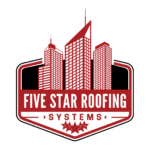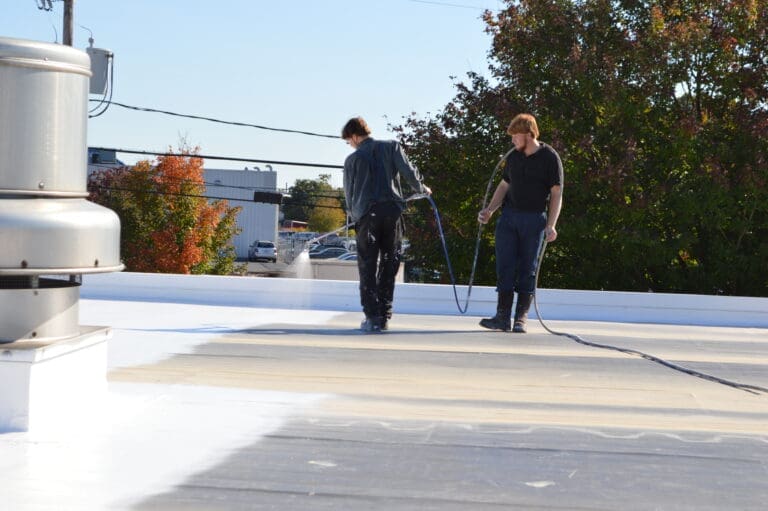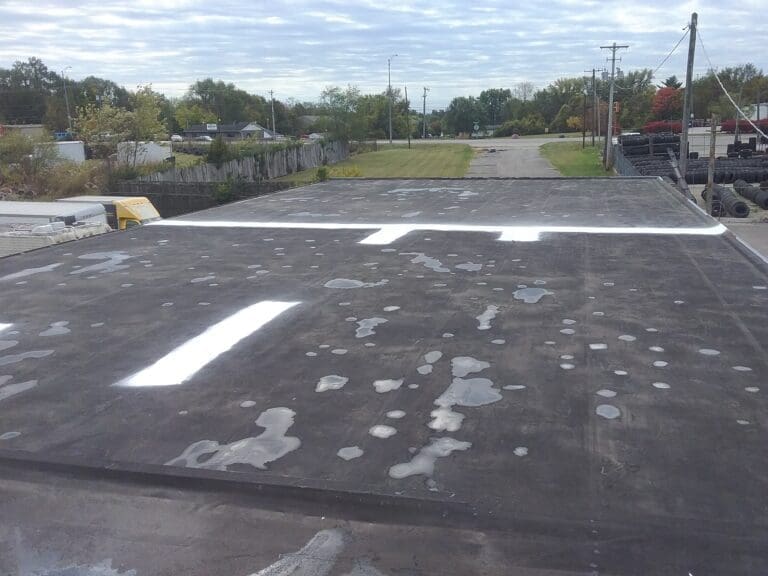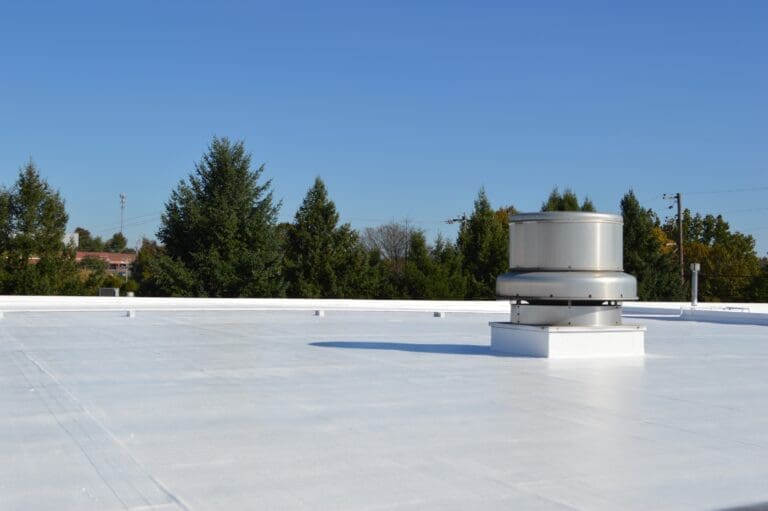Roofing your business is a big investment and an important decision that should not be taken lightly. Building or repairing your commercial roof requires proper planning, budgeting, and most importantly, selecting the right materials that will provide long-term protection for your building. The importance of choosing the right roofing materials cannot be overstated, as it will determine the durability and longevity of your roof.
Commercial roofing includes a wide range of materials, each with its own unique properties and benefits. In this guide, we will discuss the different types of roofing materials available for commercial buildings and their advantages and disadvantages.
Asphalt shingle roofing.
Asphalt shingles are the most commonly used roofing material for commercial buildings due to their affordability and ease of installation. These shingles are made from a combination of asphalt, fiberglass or organic materials and come in a variety of colors and styles. They also provide good insulation and can withstand harsh weather conditions. Commercial roofing companies often recommend asphalt shingles for buildings with steep-sloped roofs.
However, asphalt shingles have a shorter lifespan compared to other roofing materials and may require more frequent replacements. They are also not as durable as other materials, making them prone to damage from heavy winds or hail.
Metal roofing.
Metal roofs have gained popularity in recent years due to their durability and low maintenance requirements. They are typically made from steel, aluminum, or copper and come in a variety of styles such as standing seam, corrugated, or metal tiles. One of the main benefits of metal roofing is its longevity; it can last up to 50 years with proper maintenance. It is also fire-resistant and energy-efficient, making it a popular choice for commercial buildings. However, metal roofing can be more expensive than other materials and may require specialized installation techniques.
EPDM roofing.
Ethylene Propylene Diene Monomer (EPDM) is a type of rubber roofing commonly used for flat or low-sloped roofs. It is lightweight, easy to install, and provides excellent protection against UV rays and extreme temperatures. EPDM roofs also have a long lifespan of up to 30 years and require minimal maintenance. However, they are not as durable as metal roofing and may be susceptible to punctures or tears.
Built-up roofing (BUR).
Built-up roofing is a traditional method of commercial roofing that involves layering multiple sheets of felt or fiberglass between layers of asphalt or coal tar. It provides excellent protection against water and is highly durable, with a lifespan of up to 30 years. However, BUR can be heavy and may not be suitable for all commercial buildings. It also requires specialized installation techniques and may have a higher cost compared to other materials.
TPO roofing.
Thermoplastic Olefin (TPO) is a synthetic single-ply membrane commonly used for commercial roofing. It is lightweight, flexible, and resistant to UV rays and chemicals. TPO roofs have a lifespan of up to 30 years and are highly durable, making them suitable for high-traffic commercial buildings. However, they can be more expensive than other materials and may not be as effective in extreme weather conditions.
Quality roofing for your business and commercial spaces.
Choosing the right roofing materials for your commercial building requires careful consideration of various factors such as cost, durability, and maintenance requirements. It is essential to consult with a professional roofing contractor to determine the best option for your specific needs and budget.
At Five Star Roofing Systems, we offer a wide range of commercial roofing services, including installation, repair, and maintenance. Our team of experts can help you identify the right materials for your building and ensure a quality and long-lasting roof for your business. Contact us today to help you identify the right roofing systems for your business.





